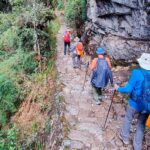Useful Tips for travelers to visit Cusco
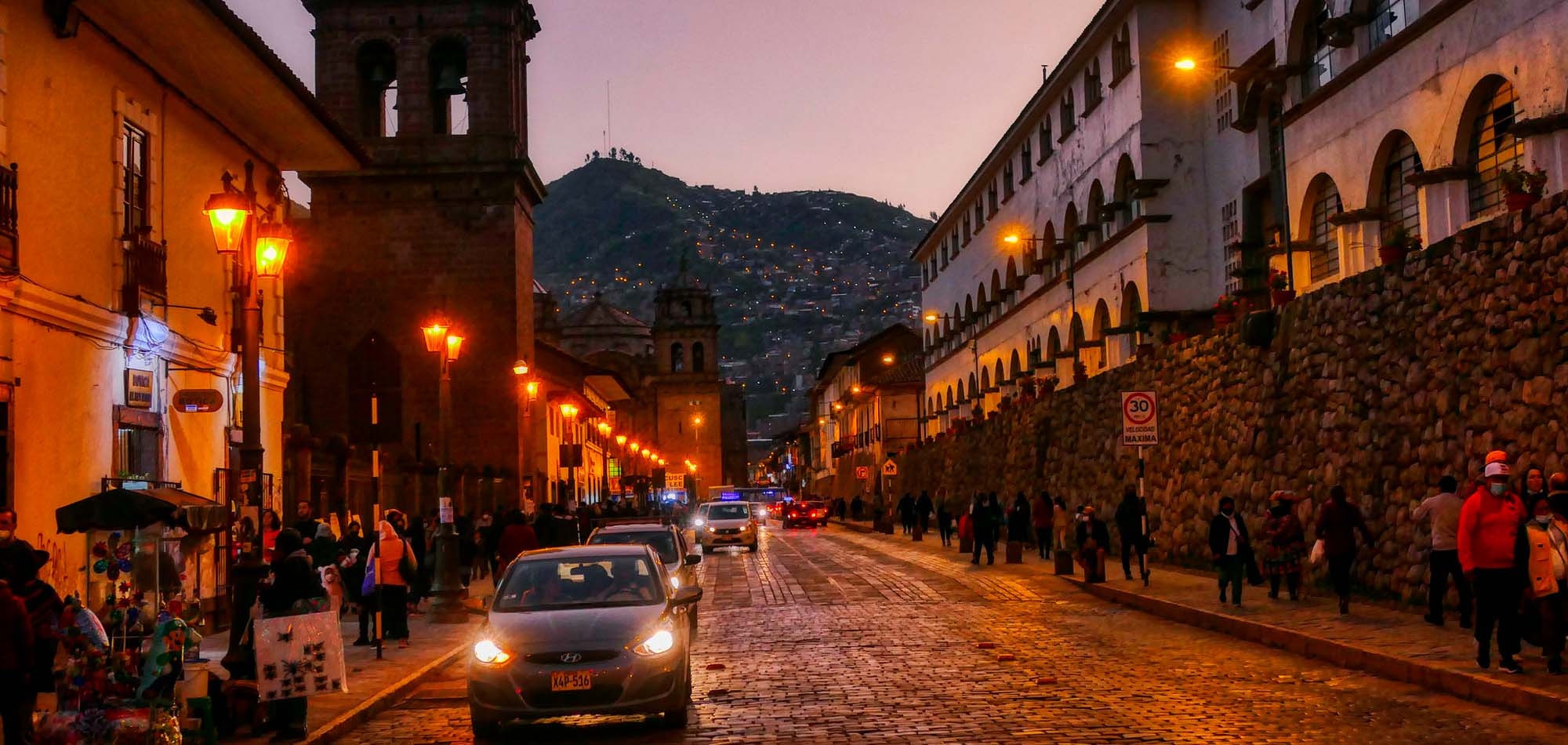
Explore every inch of our beautiful historic city. Get to know each and every corner and travel like a local. Travel freely in one of the safest countries in South America. Below we share a few tips to keep in mind, so you can have the best vacation of your life.
Some travelers require a visa to visit Peru, so check the list of countries before you buy your ticket and verify the entry requirements according to the country where your passport was issued.
Peru is a place where nature always rules and adventure awaits, just remember:
- Book tours that are offered by authorized travel agencies like Orange Nation Peru.
- Always check the local weather conditions and forecasts before you take a tour.
- Make sure the tour guide provides you with the safety instructions and the activity´s regulations before starting the tour.
- Ensure the company has the operating permit of the Peru Ministry of Culture, insurance policies, and certified tour guides.
Tip #1: Health Safety
YELLOW FEVER, MALARIA, COVID-19
Vaccinations
The health care system in Cusco Peru is adequate, with the private system being the best option.
Although, basic vaccines for hepatitis A and B are recommended, as well as rabies and tetanus shots, before making the trip.
The government of Peru requires the yellow fever vaccine certificate when traveling from countries in West and East Africa like Angola, Benin, Burkina Faso, Cameroon, Democratic Republic of the Congo, Gabon, Gambia, Guinea, Liberia, Nigeria, Sierra Leone, Sudan). Also consider these countries in South America like Venezuela, Colombia, Ecuador, Brazil, and the Republic of Guyana. The vaccine must be administered at least 10 days before the start date of your trip.
What vaccinations are mandatory for Peru?
Courses or boosters usually advised: Hepatitis A; Tetanus. Other vaccines to consider: Diphtheria; Hepatitis B; Rabies; Typhoid; Yellow Fever. No yellow fever vaccination certificate is required for this country.
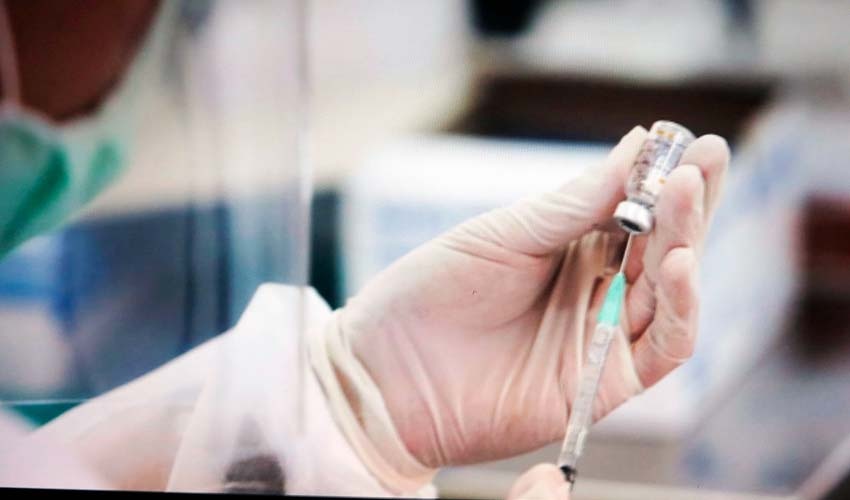
Tip #2: Solo Female Travel
We want you to enjoy exploring the beauty and culture of our country. And if you are a solo female traveler, please take the following precautions:
- Use official transportation only.
- Avoid walking, jogging, or sightseeing alone in secluded areas, especially at night.
- Do not share the details of your itinerary on social media or with strangers.
- Understand the risks of traveling alone and being with people you do not know.
- You can trust the police, they are here to help. In Cusco look out for the tourist police, most can speak English and are there to protect travelers in the city.
- Always keep in touch with your family and friends.
- In case of emergency or suspicious behavior, dial (105)
**** Note: Peru is known as the safest country in South America, but taking proper precautions is key to a drama-free vacation.
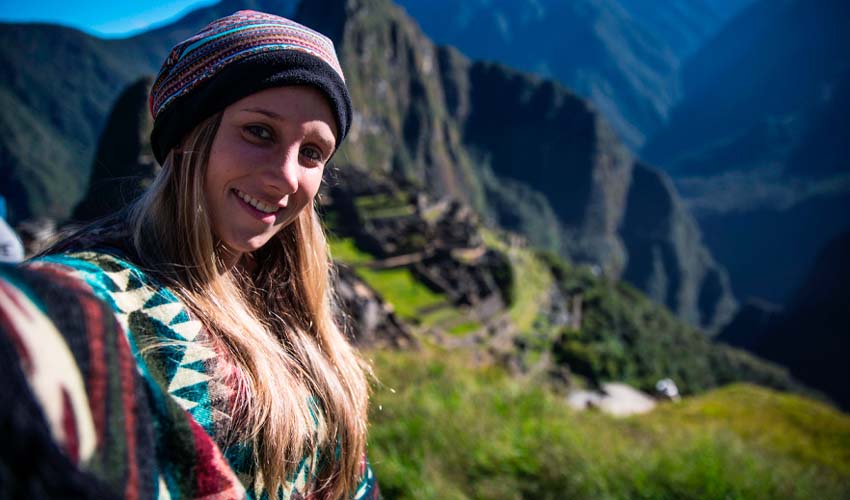
Tip #3: Water in Cusco, Peru
Do not drink water straight from the tap:
Drinking tap water isn’t recommended anywhere in Peru and other countries in South America. But it’s generally safe to drink tap water that has been boiled or filtered. Bottled water in Cusco is extremely affordable, so if you have a very sensitive stomach, it’s simply better to load up on bottled water. Also, consider using bottled water to brush your teeth and wash utensils.
Tip #4: Food in Peru
Our cooking style is Montado technique:
Peruvian cuisine is hot and cold, acidic and starchy, robust and delicate. That’s because Peruvian food is all about spices and big flavors, some clean and crisp, others deep and heavy. From the fresh sip of the lime-based pisco sour to the intense lime flavor of a refreshing ceviche dish.
Head to a soda (a small, locally owned cafe) or the local market for the freshest and most authentic cuisine made from fresh local and organic ingredients.
The city has a slew of restaurants, sodas, cafes, bistros, and bakeries on every corner. The cuisine is quite extensive and includes both national and international options. Peru has some of the most understated and underestimated cuisine in the world.
Gratuity in Peru is optional. The food is usually outstanding and affordable. Most countries have a standard 10 to 15% tip recommendation. However, tipping is always at your discretion.

Tip #5: Cell phone in Peru
Cellphone and mobile internet providers in Peru:
An unlocked cell phone will work in Peru. But remember to call your wireless provider before you go to add global roaming capabilities to your plan.
You can also buy a SIM prepaid card and use your unlocked cell phone. Find SIM cards at the Telefonica booth at the airport, or any telephone company store around, such as Claro and Movistar. A local line is not required to dial 105 in case of emergency.
Tip #6: Money in Cusco
Traveling on a budget? No problem. Peru has tons of activities for travelers on almost any budget:
The SOL (S/) is the currency of Peru.
- US$ dollars and major credit cards are widely accepted.
- Exchange money only at banks and approved currency exchange offices.
- Bank transactions require a valid original passport (not a copy nor a picture).
- ATMs are located throughout the country. Some of them remain closed from 11:00 p.m. to 5:00 a.m.
- Remember not to flash cash or valuable jewelry.
- Sales tax or Value Added Tax (VAT) is 18%. It is included in the final price of every service or product purchase.
- The departure tax is usually included in most airline tickets.
- Most ATMs have a maximum of 400 soles withdrawals per transaction. This can pile up the charges, if you can, go inside the bank for major withdrawals.
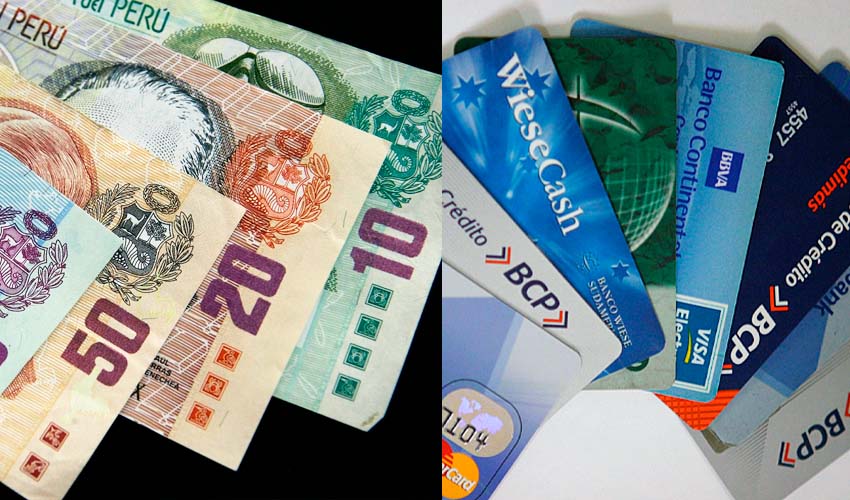
Tip #7: Travel light in Peru
When you are headed to Peru, travel light
If there’s a way to avoid checking baggage, do it. Play it safe and carry on. Local flights are incredibly cheap if you don’t have check-in luggage. You will be able to take advantage of hotel washrooms and laundromats on your journey and the less you have to keep up with, the better. If you are checking baggage, remember to weigh your bags before you get to the airport.
Try to pack only necessities and essential clothing that is easy to wash and dry, since many airlines and tour operators have weight restrictions on luggage. You are also likely to move from one place to another during your vacation. Large suitcases could end up complicating matters. Pack all the medication you may need since some medications in Peru require a certified prescription. Additionally, the names used on the medication may be unfamiliar.

Tip #8: Exploring
We want you to have an incredible time exploring Peru safely:
- Always take care of all your belongings and valuables, especially when traveling by bus in Cusco.
- Carry your backpack in front of you.
- Avoid unsolicited help from strangers.
- Avoid walking in isolated places and places without lighting.
- Check your map and mobile phone in secure areas.
Tip #9: Driving safe on the road
Driving a car in Peru gives you the freedom to navigate the beautiful landscape at your leisure. But there are a few things to keep in mind before you begin your adventure:
- If you experience a mechanical issue or a flat tire avoid stopping in lonely places and don’t accept unsolicited help from strangers.
- It is better to call your car rental emergency number or dial 105 to request for help.
- Don’t leave any valuables unattended in your car – such as credit cards, cash, jewelry, or your passport.
- Use public parking lots with surveillance when possible.
- Use a GPS or a GPS navigation app. It’ll save time and prove convenient when exploring.
- Just make sure you have a chip or an international data plan!
- The terrain can get more adventurous depending on where you choose to go. So keep that in mind when renting your vehicle.
- Verify the condition of the car and its required safety equipment (warning triangles, reflective vests, lug nut wrench, spare tire, and a fire extinguisher).
- When renting a car, read the contract thoroughly in order to understand what is covered and what is not.
- Ask for details of car policies and insurance.
- Be aware of all the details on the insurance policy.
Peru uses 220-volt electricity
Tip #10: Footwear
When you’re headed on a Peru vacation, the idea is to keep it as stress-free as possible:
Pay attention to the little things to avoid any snags.
- BRING THE RIGHT SHOES! There are a ton of fun things to do in PERU and you don’t want your footwear to limit you or give you blisters.
- A pair of sandals and some decent appropriate hiking shoes for Peru should do fine. If you plan on doing some serious hiking or climbing, consider some heavier-duty options.
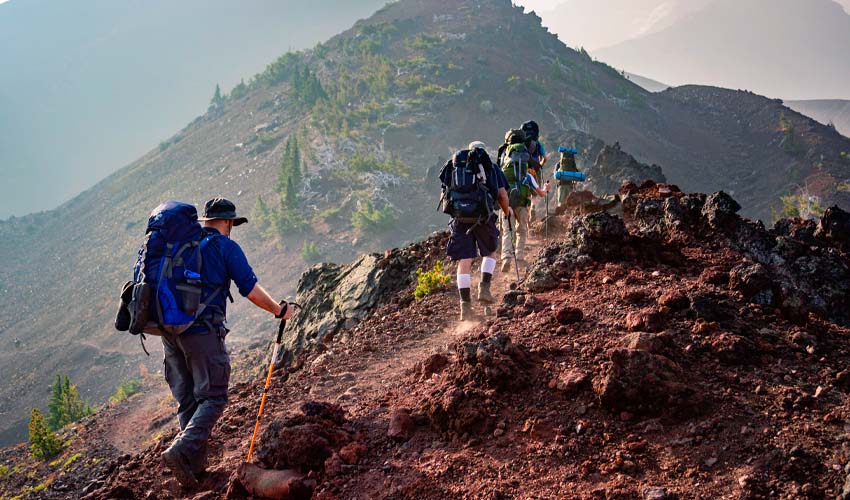
Tip #11: Local Language
Many Peruvians speak English quite well, but remember the native tongue is rooted in Spanish:
When you are planning a trip, we suggest brushing up on your Español. Download some audio lessons on your mobile device and listen while traveling or keep a pocket translator handy.
Chat with the locals–maybe they can suggest an excursion you had not planned on!
